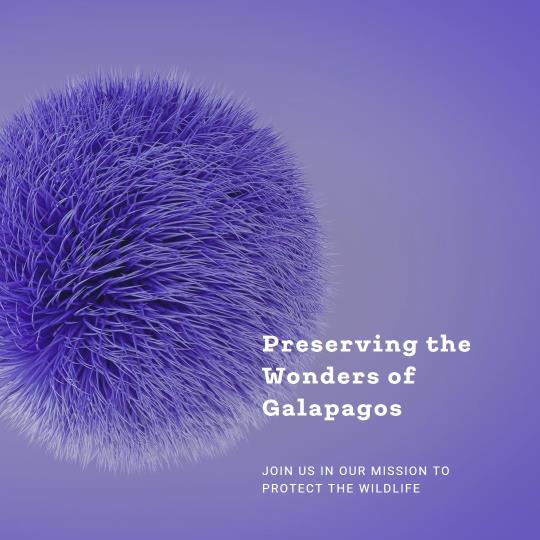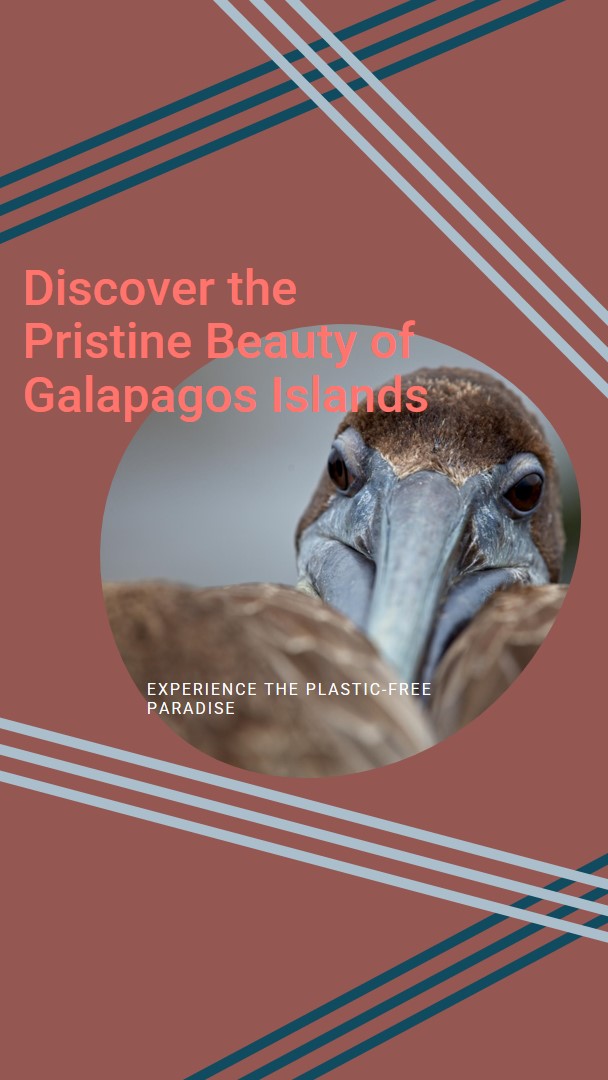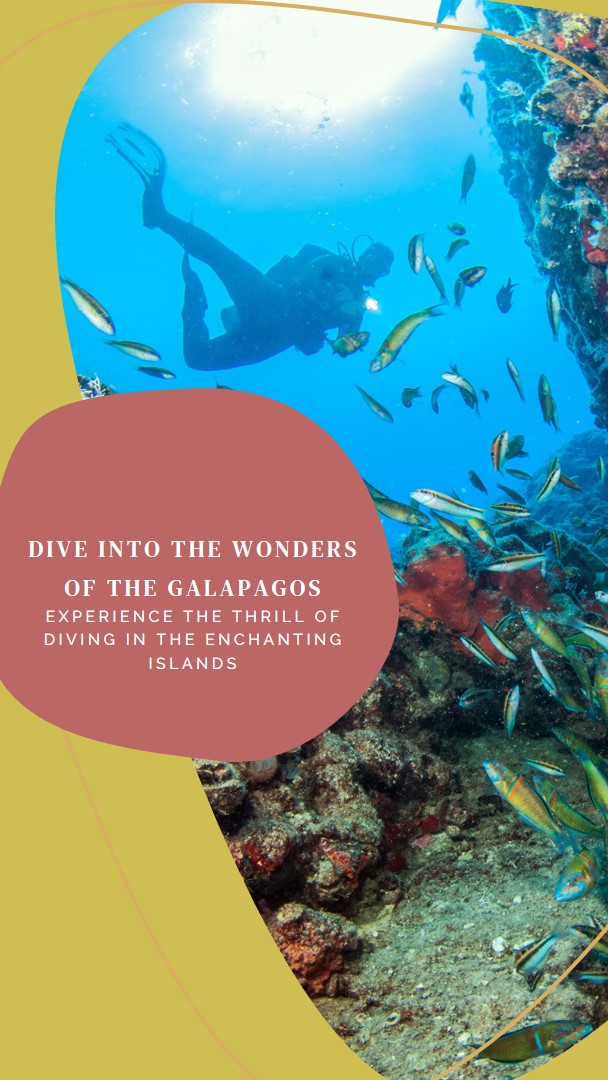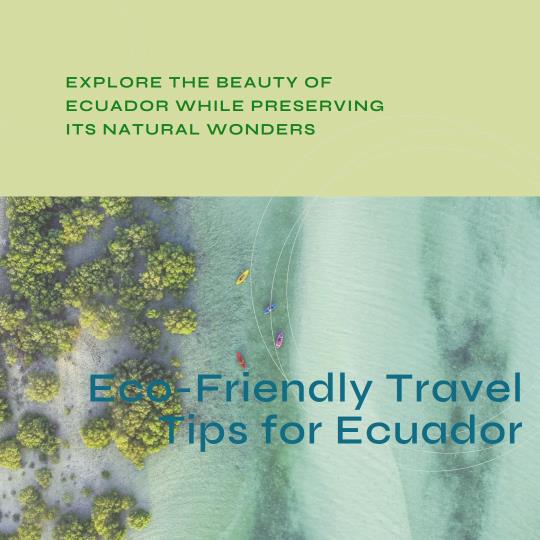Galapagos Wildlife Conservation

🌿 Protecting the Enchanting Biodiversity 🦎
The Galapagos Islands, a remote and captivating archipelago located in the Pacific Ocean, are renowned for their unparalleled biodiversity and unique ecosystems. Home to an astonishing array of wildlife, including giant tortoises, marine iguanas, and blue-footed boobies, these islands are a living testament to the wonders of evolution. However, this natural paradise faces numerous conservation challenges, prompting dedicated efforts to safeguard its precious wildlife. In this article, we will explore the remarkable conservation initiatives in place and responsible wildlife viewing practices that ensure the Galapagos Islands remain a haven for nature enthusiasts and researchers alike. 🌏🐢
🌱 Preserving Natural Habitats: The Foundation of Galapagos Wildlife Conservation 🏞️
One of the fundamental aspects of Galapagos wildlife conservation is the preservation of natural habitats. The Galapagos National Park Authority, in collaboration with various conservation organizations, tirelessly works to protect the unique ecosystems that make the islands so extraordinary. Strict regulations are enforced to minimize human impact, such as limiting the number of visitors to popular sites and maintaining designated trails to prevent habitat disturbance. 🚫👣
🛥️ Responsible Tourism: Balancing Adventure and Preservation 🌅
Tourism plays a significant role in the Galapagos Islands’ economy, but it must be carefully managed to avoid detrimental effects on the environment. Eco-friendly tour operators and cruise companies prioritize responsible practices, ensuring that visitors can appreciate the wildlife while minimizing their footprint. These companies adhere to strict guidelines, such as avoiding close contact with animals and maintaining a respectful distance. By choosing responsible tourism options, travelers contribute directly to Galapagos wildlife conservation efforts. 🌊🚤
🐢 The Iconic Giant Tortoises: Symbols of Survival and Resilience 🌿🐢
Perhaps the most iconic inhabitants of the Galapagos Islands are the giant tortoises. These majestic creatures have faced numerous threats, including habitat destruction and introduced species. Conservation programs, like the Charles Darwin Research Station, have been instrumental in breeding and rehabilitating these tortoises. Visitors have the opportunity to witness these efforts and learn about the vital role they play in maintaining the islands’ unique ecosystems. 🐢❤️
🌊 Marine Life Conservation: Protecting the Underwater Wonders 🐠🌊
The Galapagos Islands’ conservation efforts extend beneath the surface of the ocean. Marine life in these waters is incredibly diverse, with species like hammerhead sharks and sea turtles thriving in the pristine habitats. Conservation measures, such as marine protected areas and strict diving regulations, ensure that the underwater world remains intact for future generations to explore and admire. 🦈🤿
🌴 Education and Awareness: Shaping Future Conservationists 📚🌍
Education is a powerful tool in Galapagos wildlife conservation. Visitor centers, museums, and guided tours offer opportunities for people of all ages to learn about the islands’ ecosystems, their significance, and the importance of conservation efforts. By raising awareness and fostering a deeper appreciation for the Galapagos, these initiatives inspire future generations to become stewards of this unique environment. 🌟📖
🤝 Collaboration for Conservation: A Global Endeavor 🌏🤲
Galapagos wildlife conservation is not a solitary effort; it relies on collaboration among international organizations, governments, and concerned individuals. Donations and volunteer opportunities abound for those who wish to contribute to the preservation of this ecological wonder. Every contribution, big or small, plays a crucial role in safeguarding the Galapagos Islands for generations to come. 🤗
🌿Conservation Efforts in the Galapagos
The Galapagos National Park and the Galapagos Conservancy are two of the leading organizations working to conserve the islands’ wildlife. These organizations are involved in a variety of conservation efforts, including:
- Establishing protected areas: The Galapagos National Park covers over 97% of the islands’ land area, and the Galapagos Marine Reserve is one of the largest marine protected areas in the world. These protected areas provide safe havens for wildlife and help to prevent overfishing and poaching.
- Controlling invasive species: Invasive species, such as feral goats and cats, can have a devastating impact on native wildlife. Conservationists are working to control and eradicate invasive species from the Galapagos Islands.
- Restoring habitats: Human activity and natural disasters can damage or destroy wildlife habitats. Conservationists are working to restore habitats and ecosystems in the Galapagos Islands.
- Educating the public: Education is essential to building support for conservation efforts. Conservation organizations in the Galapagos Islands work to educate the public about the importance of protecting the islands’ wildlife and ecosystems.
- Encouraging responsible tourism: Tourism is an important source of revenue for the Galapagos Islands, but it can also have a negative impact on wildlife if not managed properly. Conservation organizations are working to promote responsible tourism practices that minimize the impact on wildlife.
Responsible Wildlife Viewing Practices
Visitors to the Galapagos Islands can play their role in protecting the islands’ wildlife by following responsible wildlife viewing practices. These practices include:
- Staying on designated trails: This helps to prevent damage to vegetation and wildlife habitats.
- Keeping your distance from wildlife: It is important to give wildlife plenty of space. Do not approach or touch wildlife, even if they seem tame.
- Do not feed or touch wildlife: Feeding wildlife can disrupt their natural behaviors and make them dependent on humans. Touching wildlife can also spread diseases.
- Dispose of trash properly: Trash can pollute the environment and harm wildlife. Be sure to dispose of all trash properly in designated receptacles.
- Respect the natural environment: This means being mindful of your impact on the environment and avoiding activities that could damage wildlife or their habitats.
In conclusion, the Galapagos Islands stand as a testament to the marvels of nature and the importance of conservation. Through the combined efforts of conservation organizations, responsible tourists, and passionate individuals, these islands continue to thrive as a sanctuary for unique and remarkable wildlife. By following the principles of Galapagos wildlife conservation and embracing responsible practices, visitors can ensure that this enchanted paradise remains unspoiled for years to come. 🌿🦋🌏






